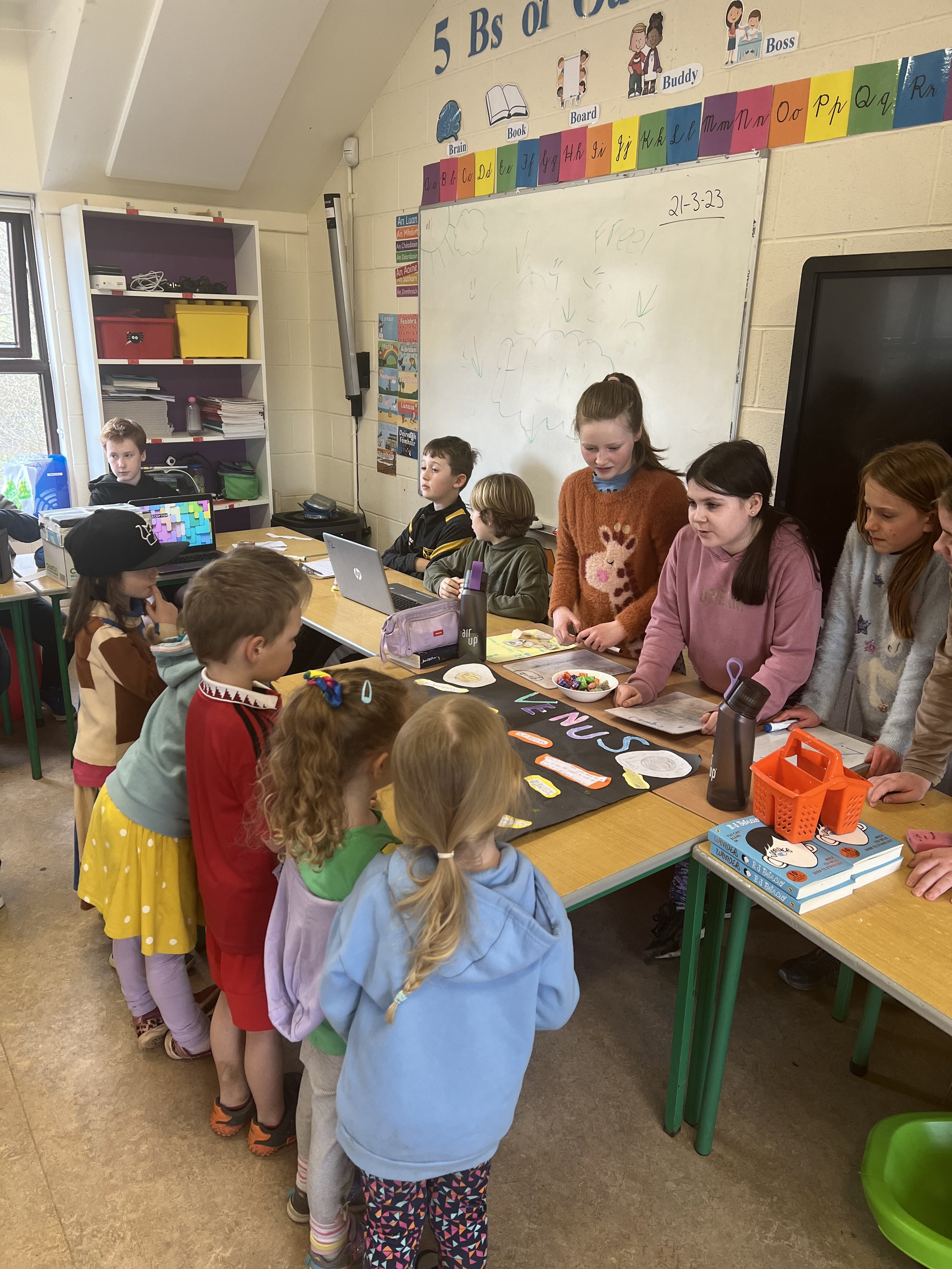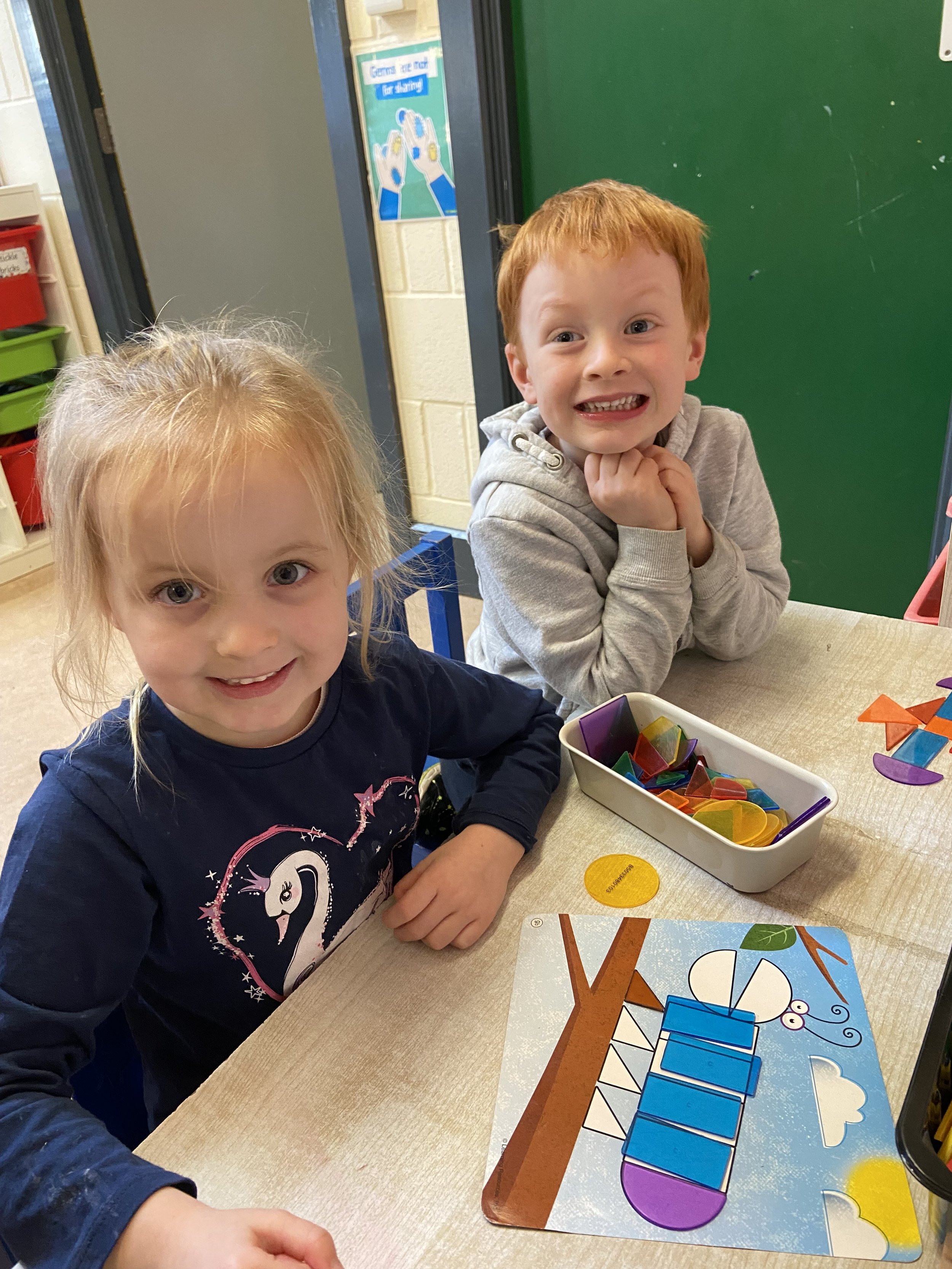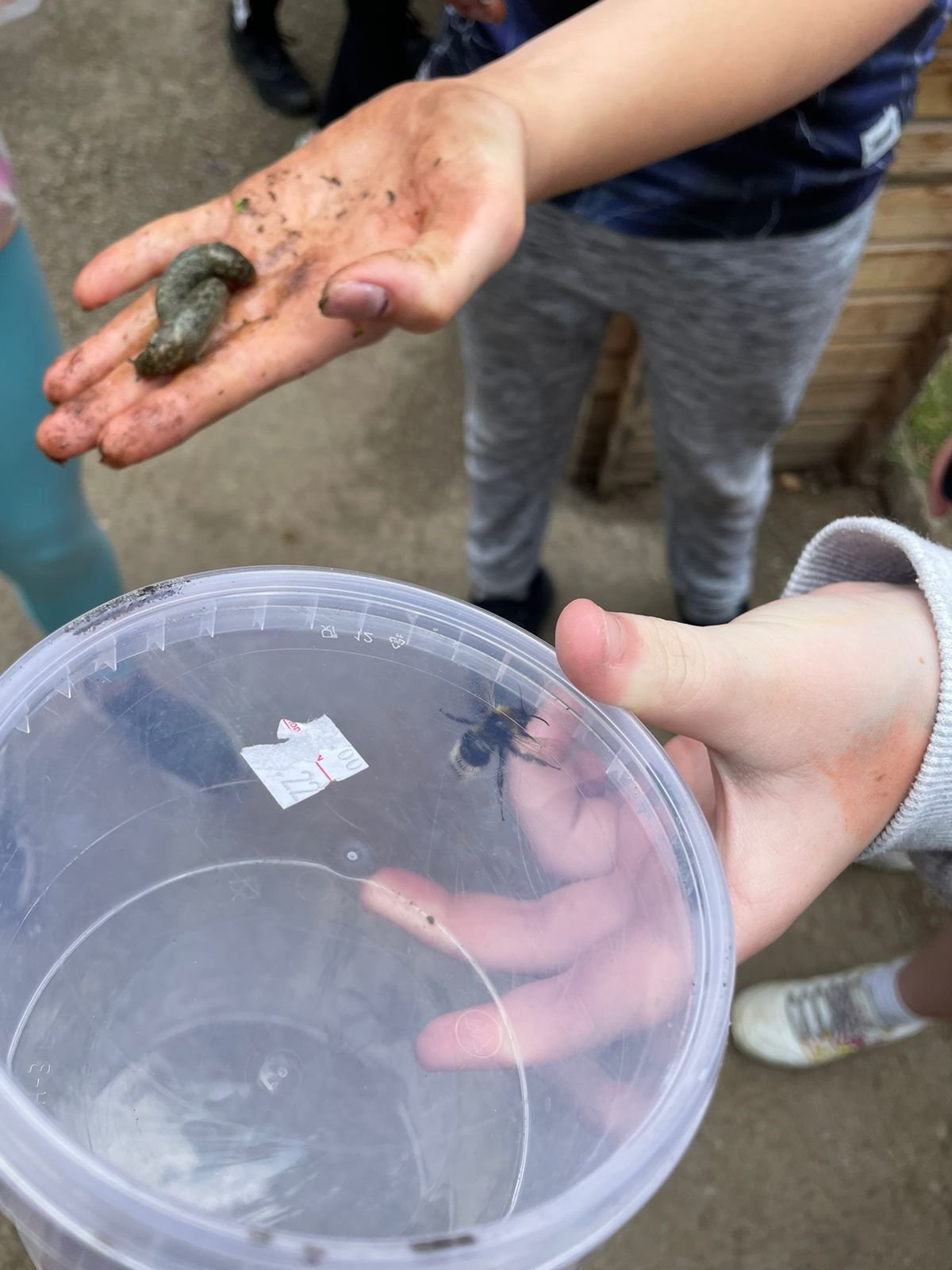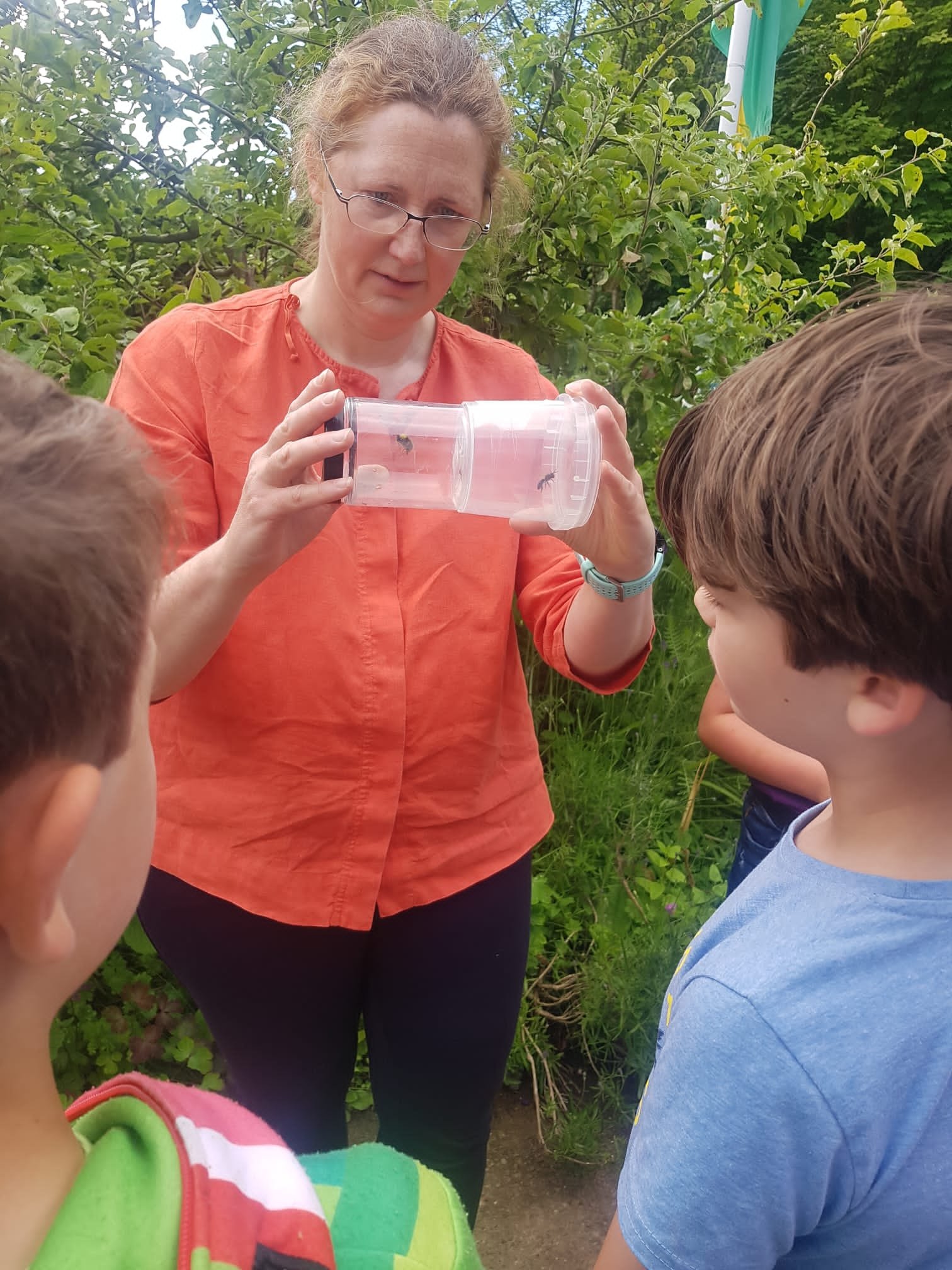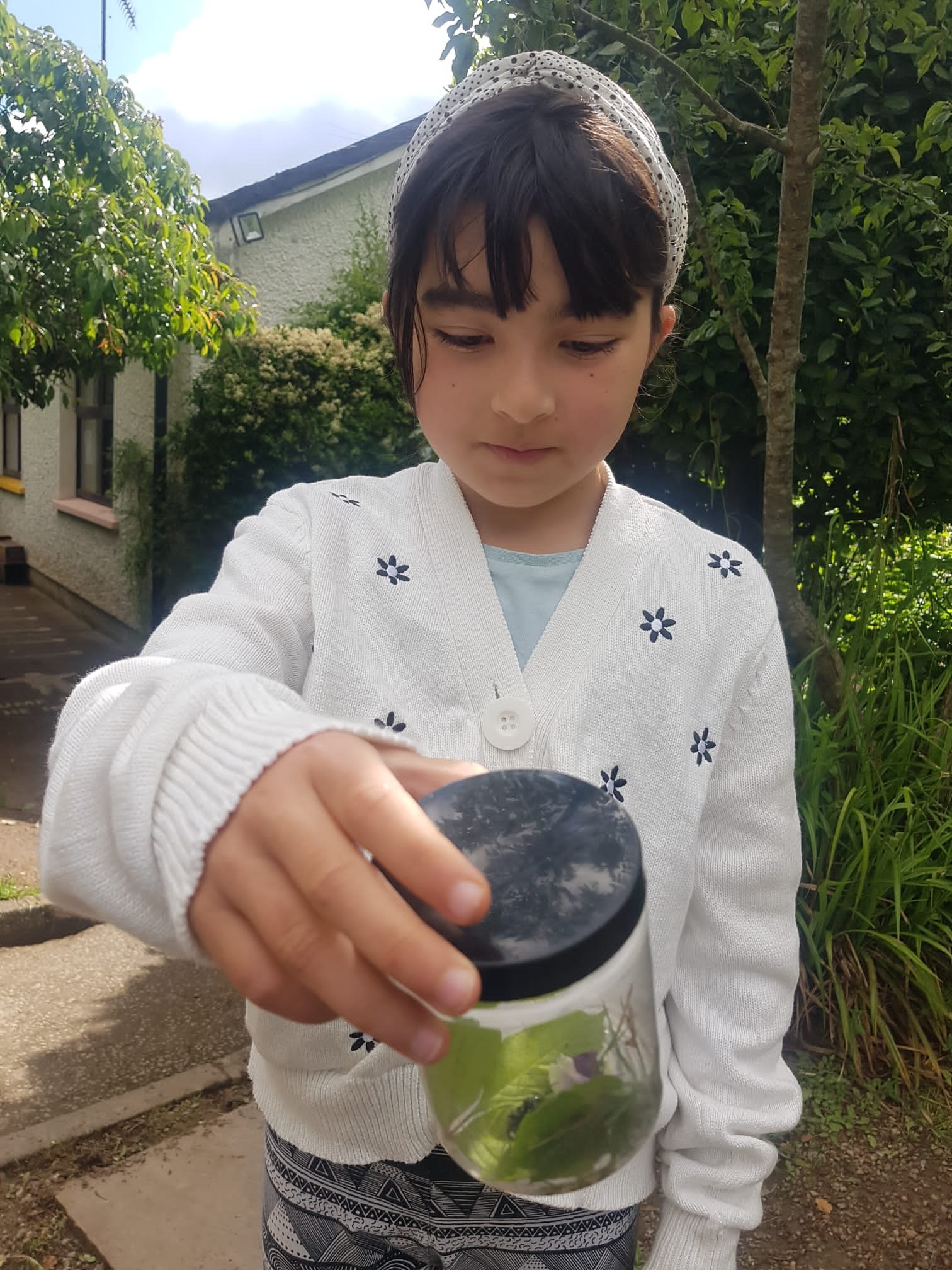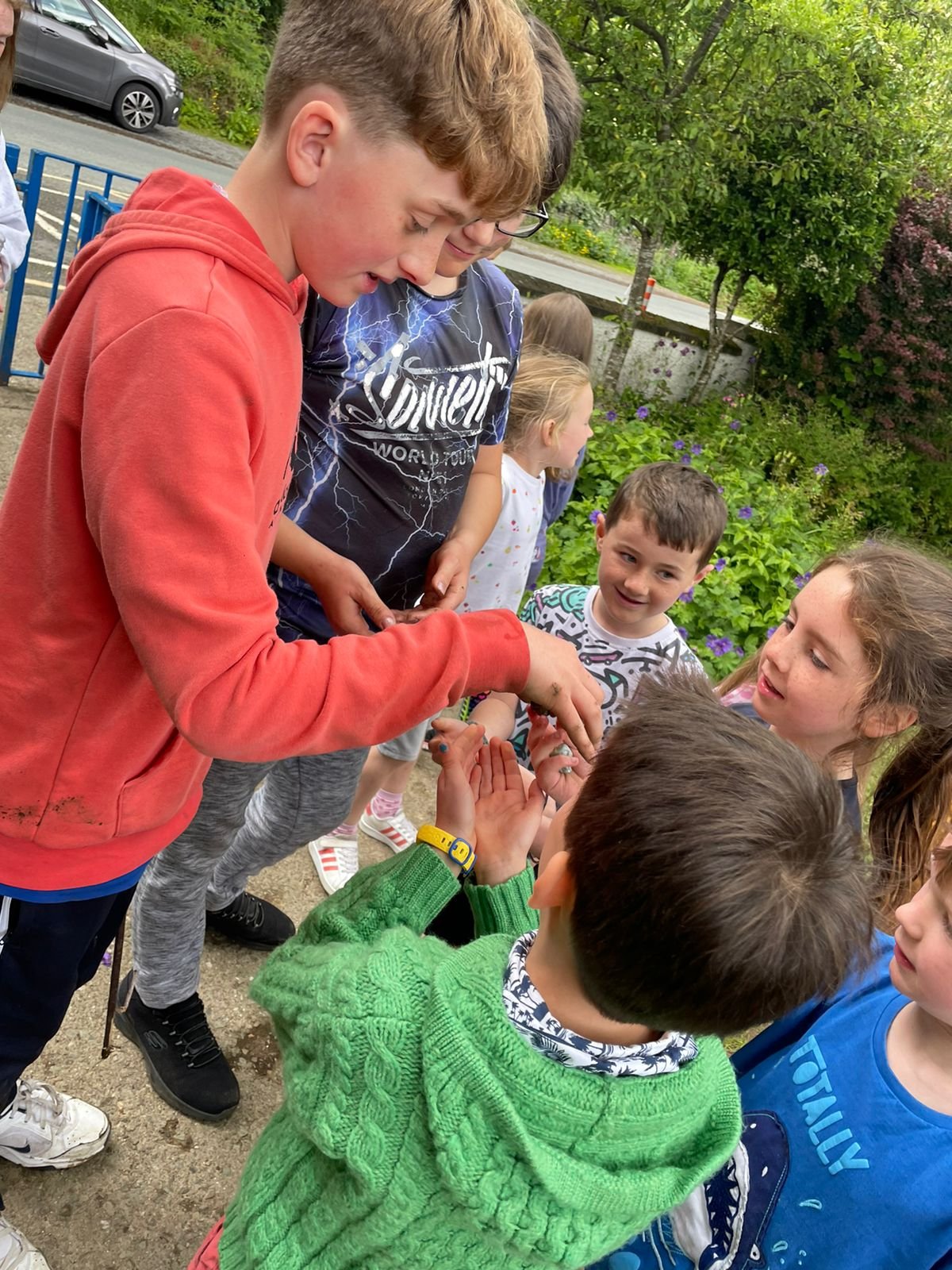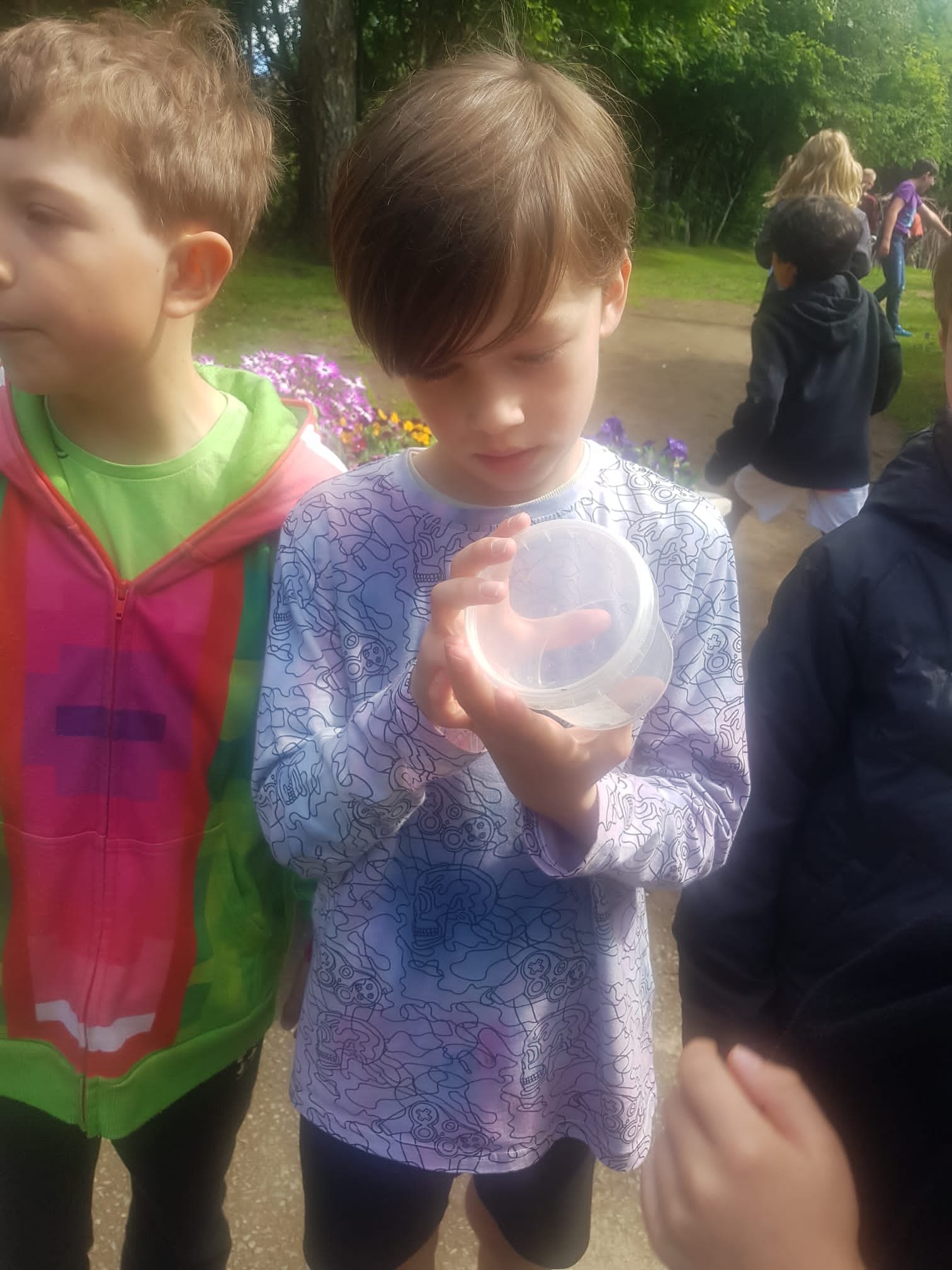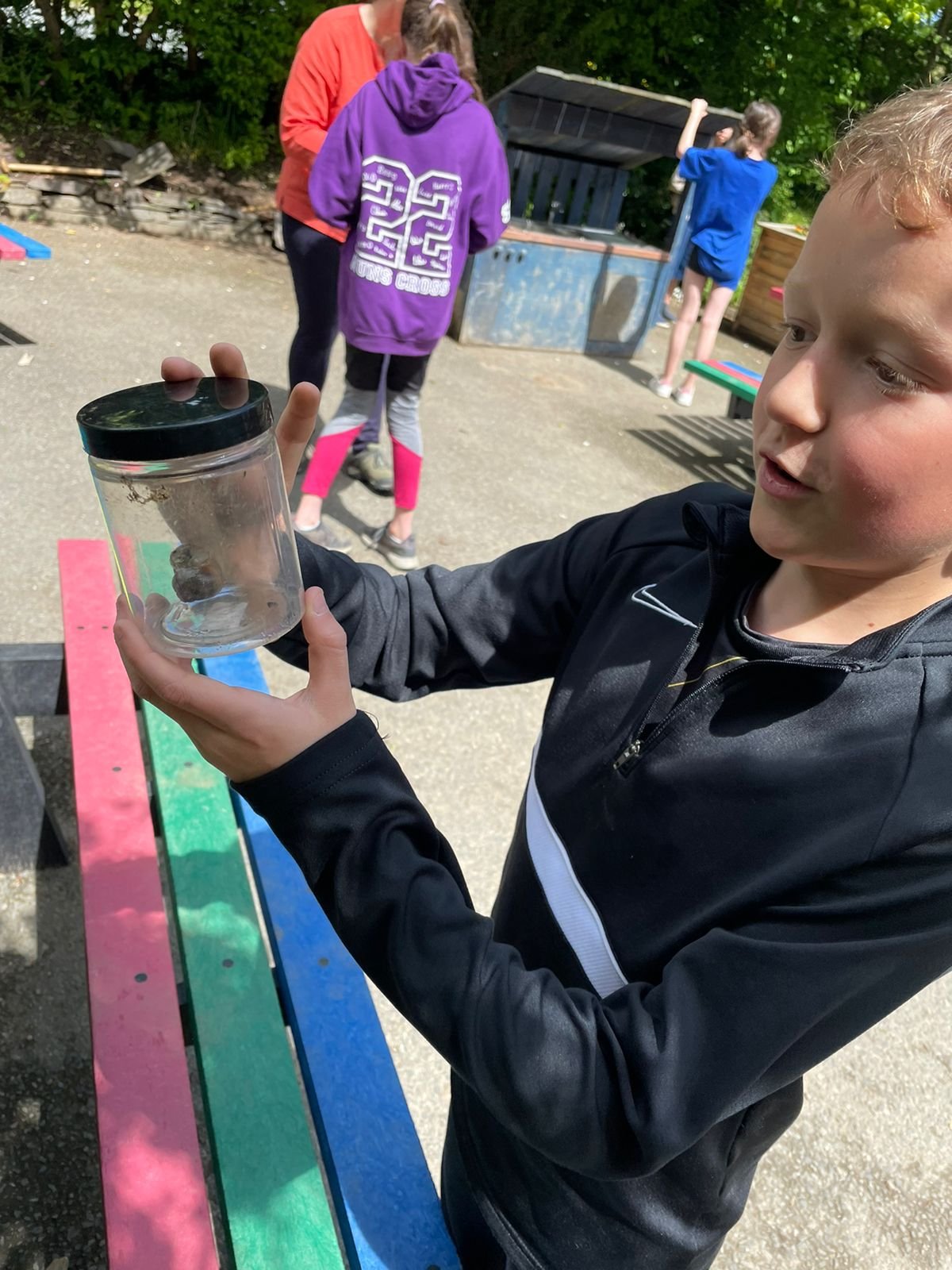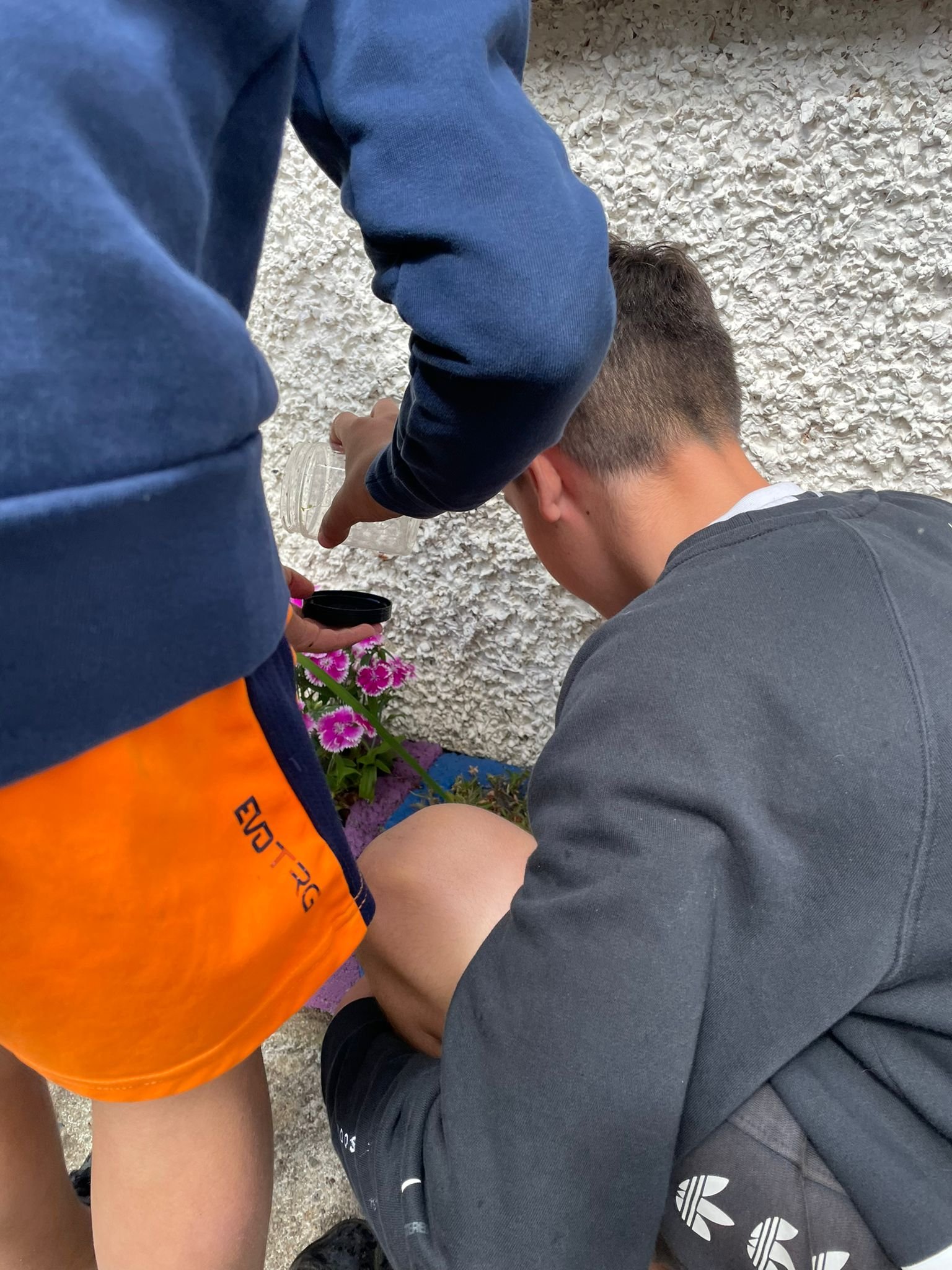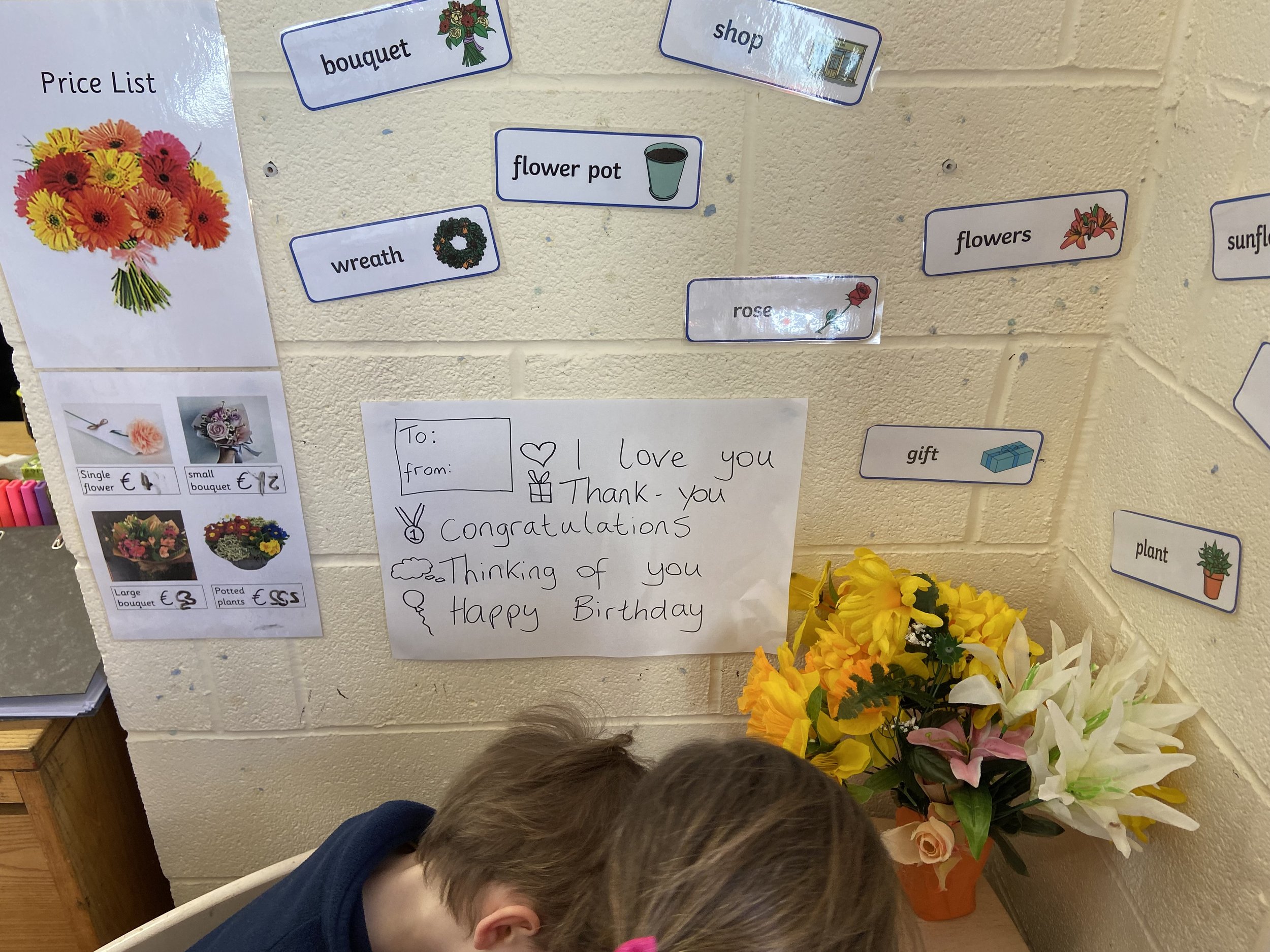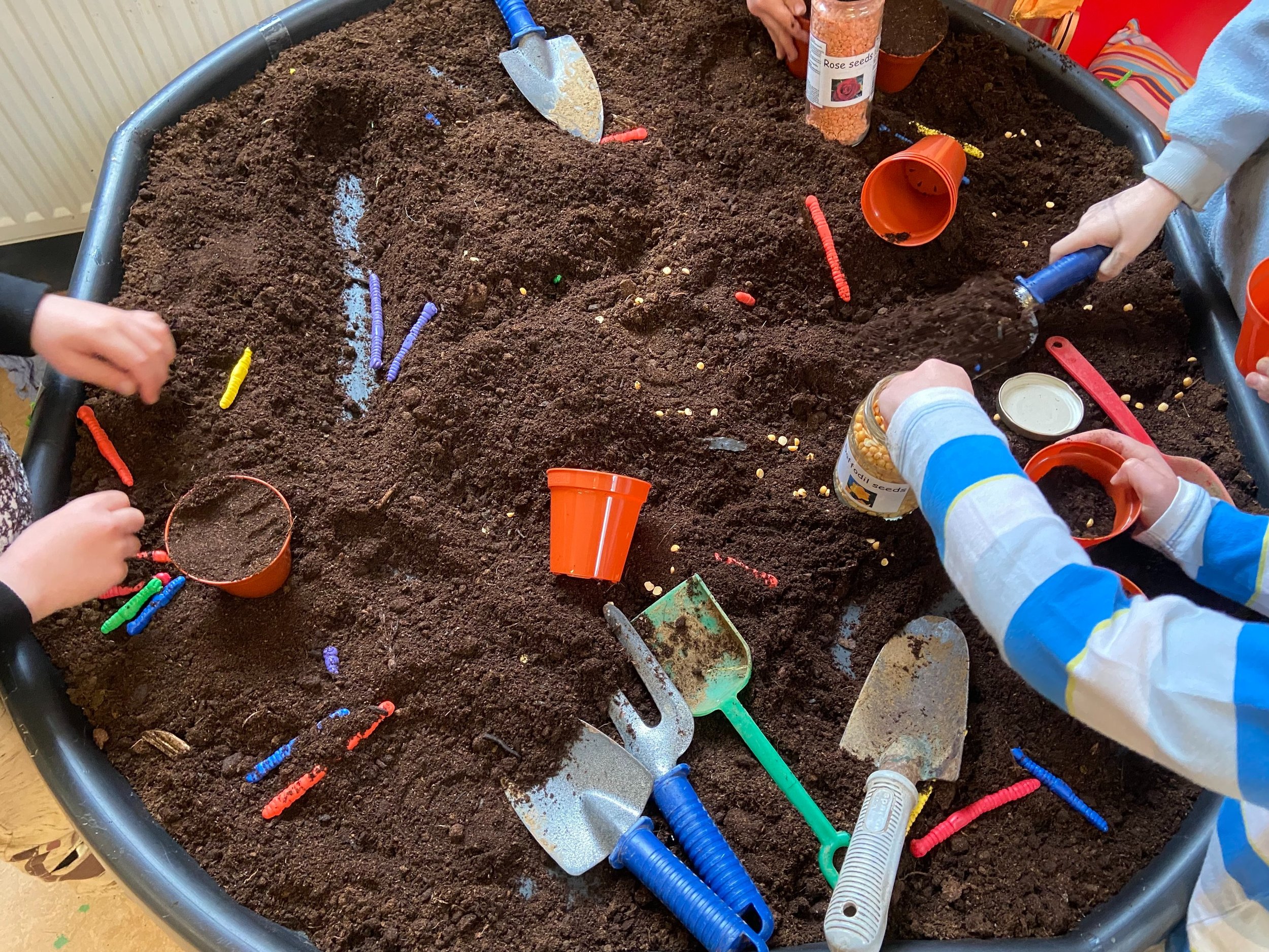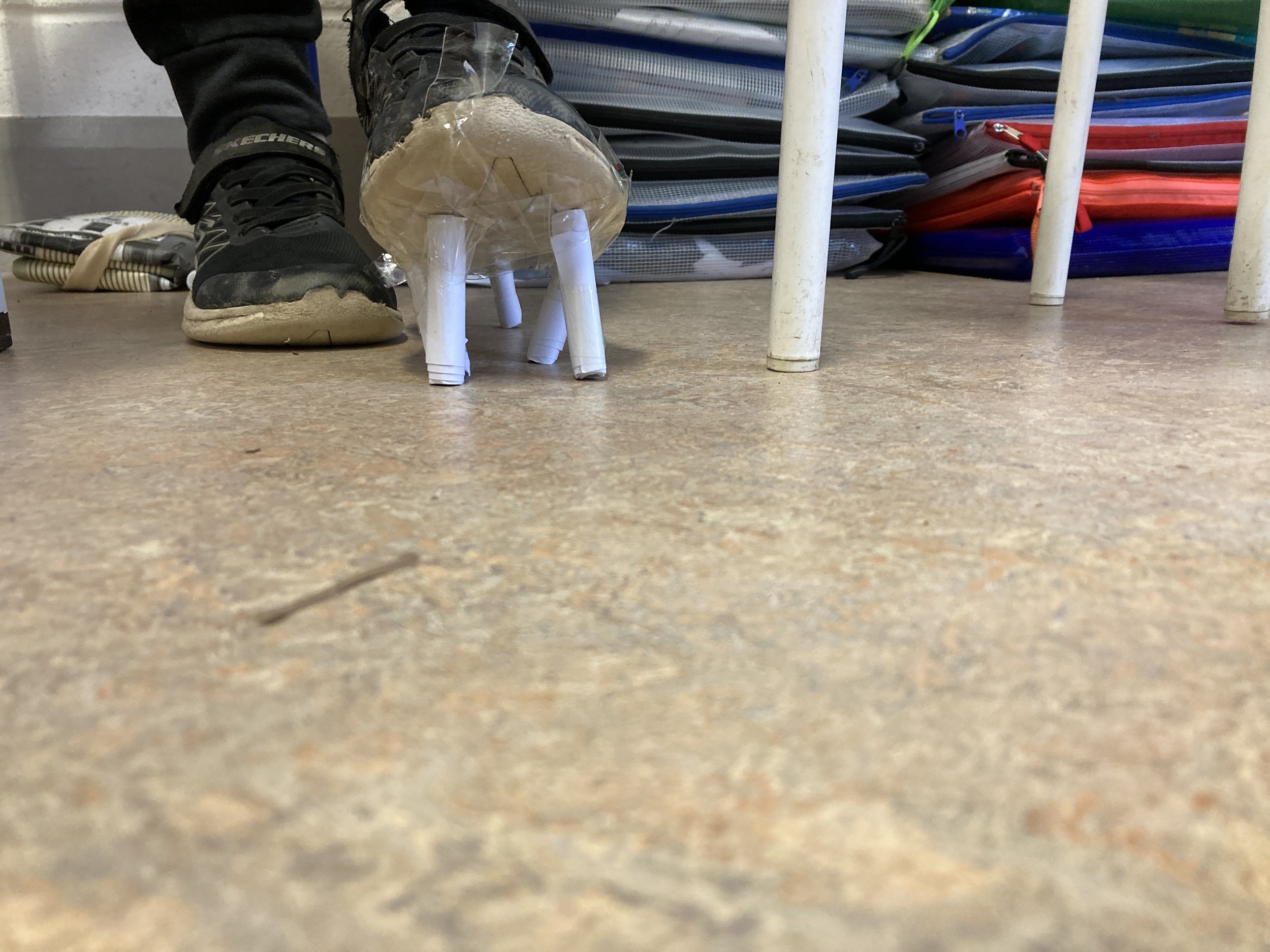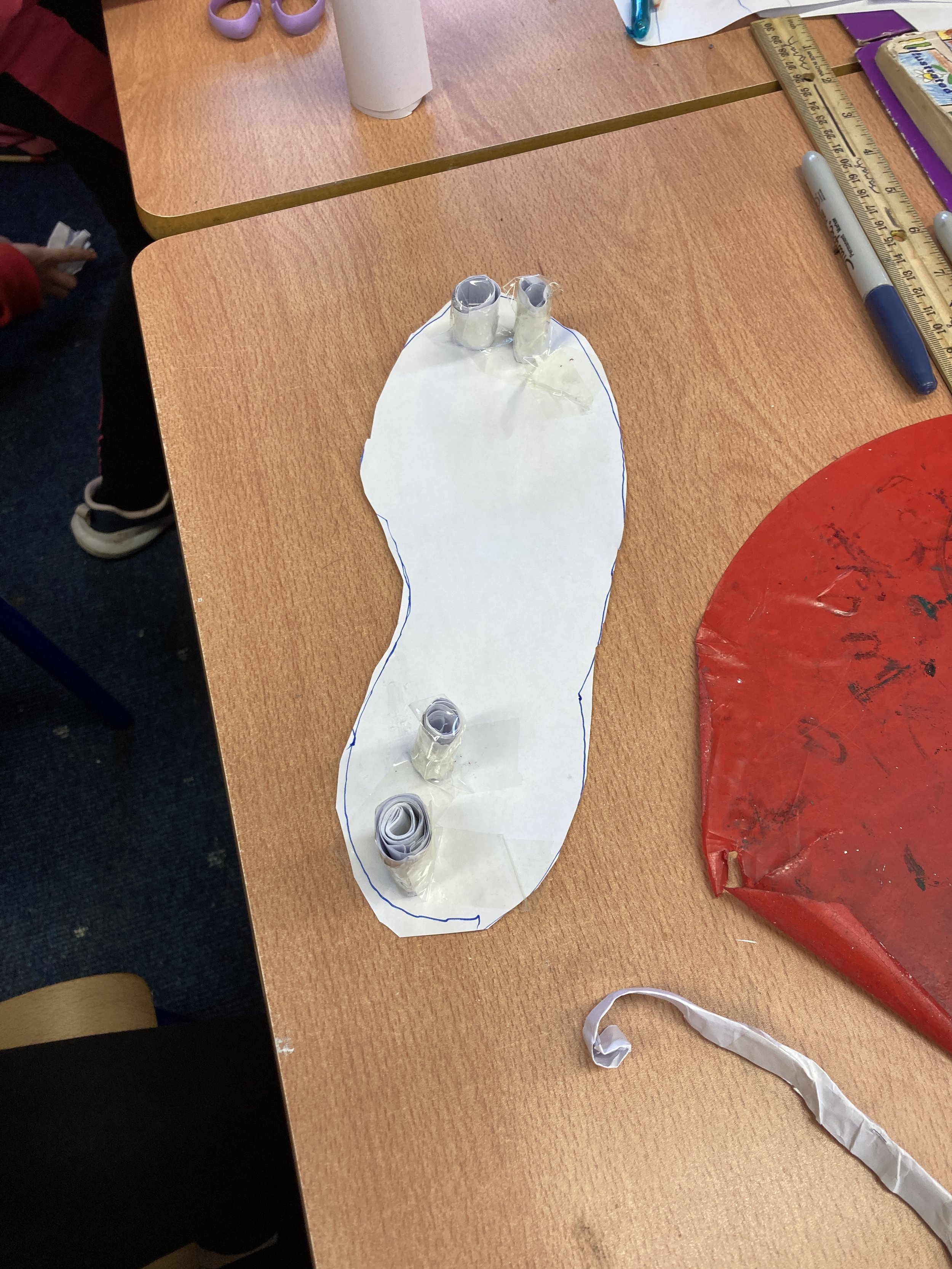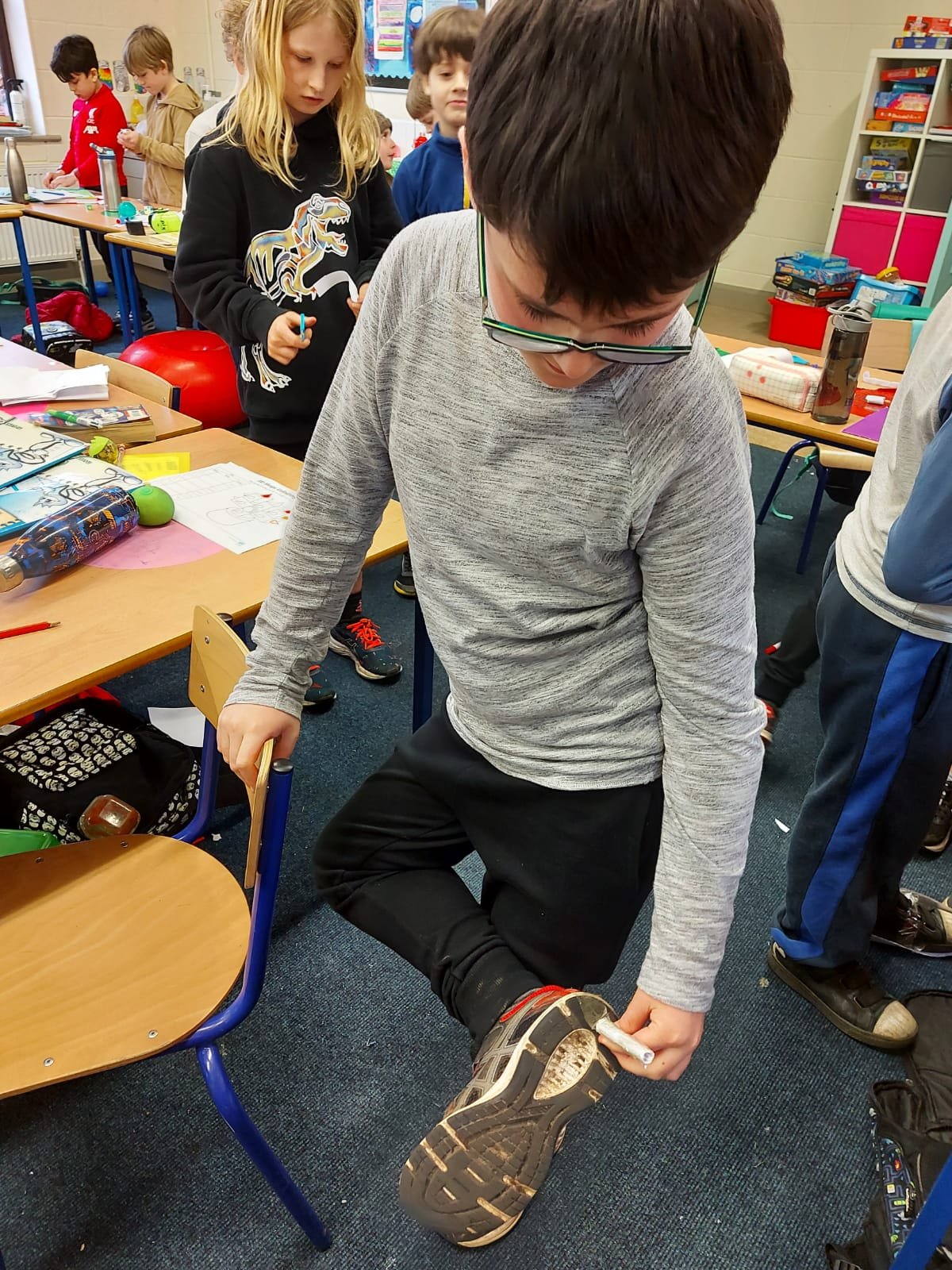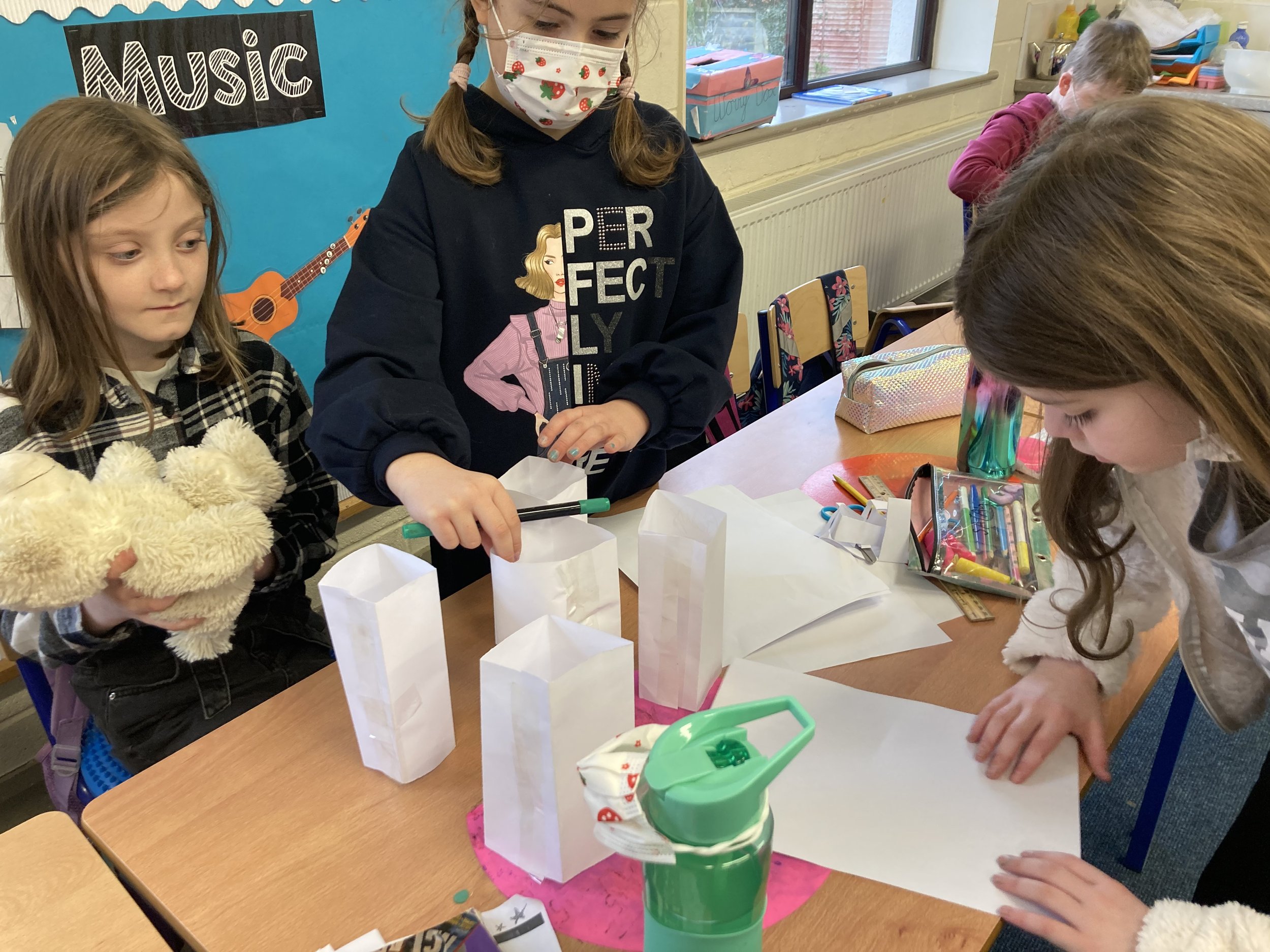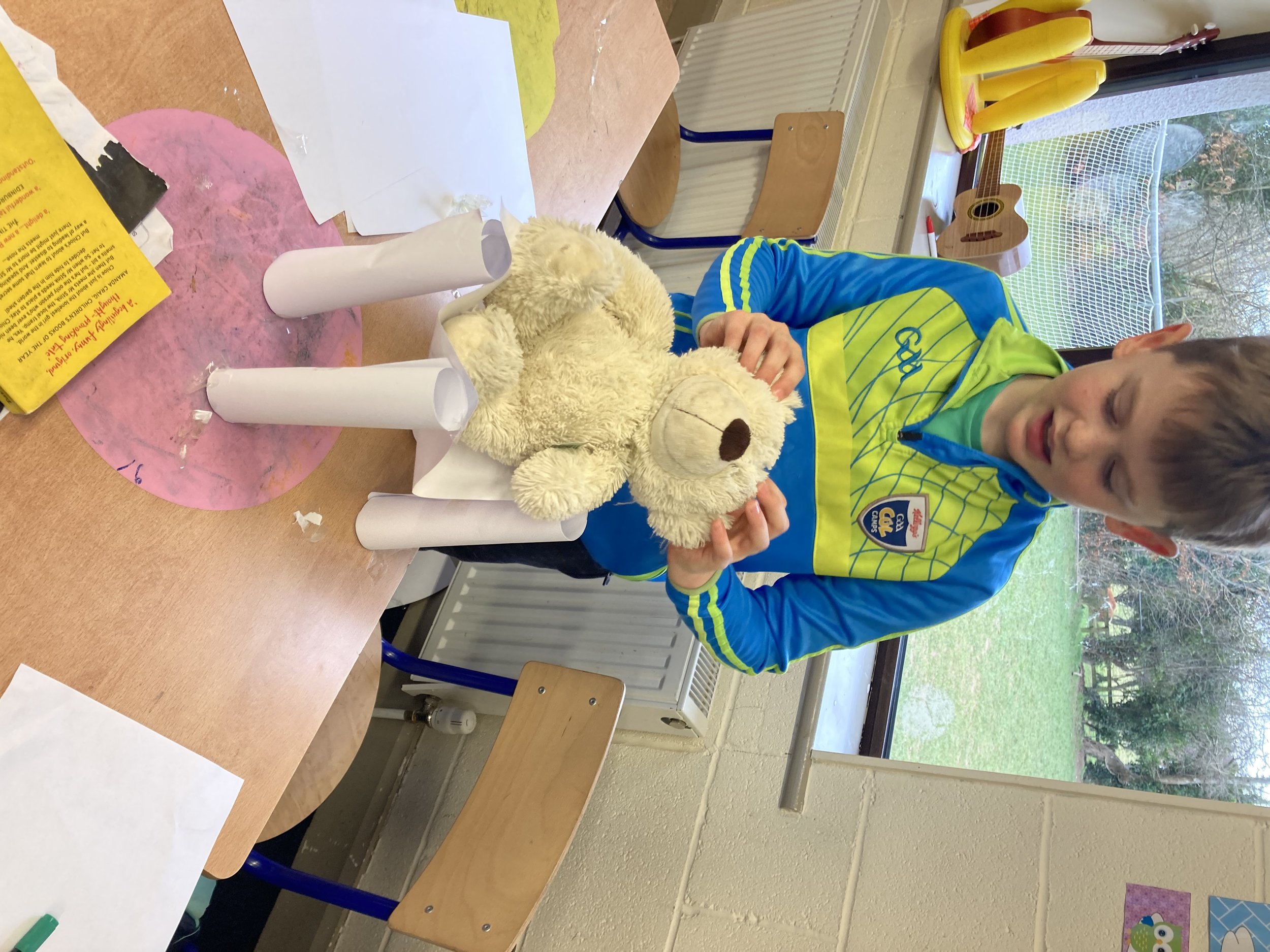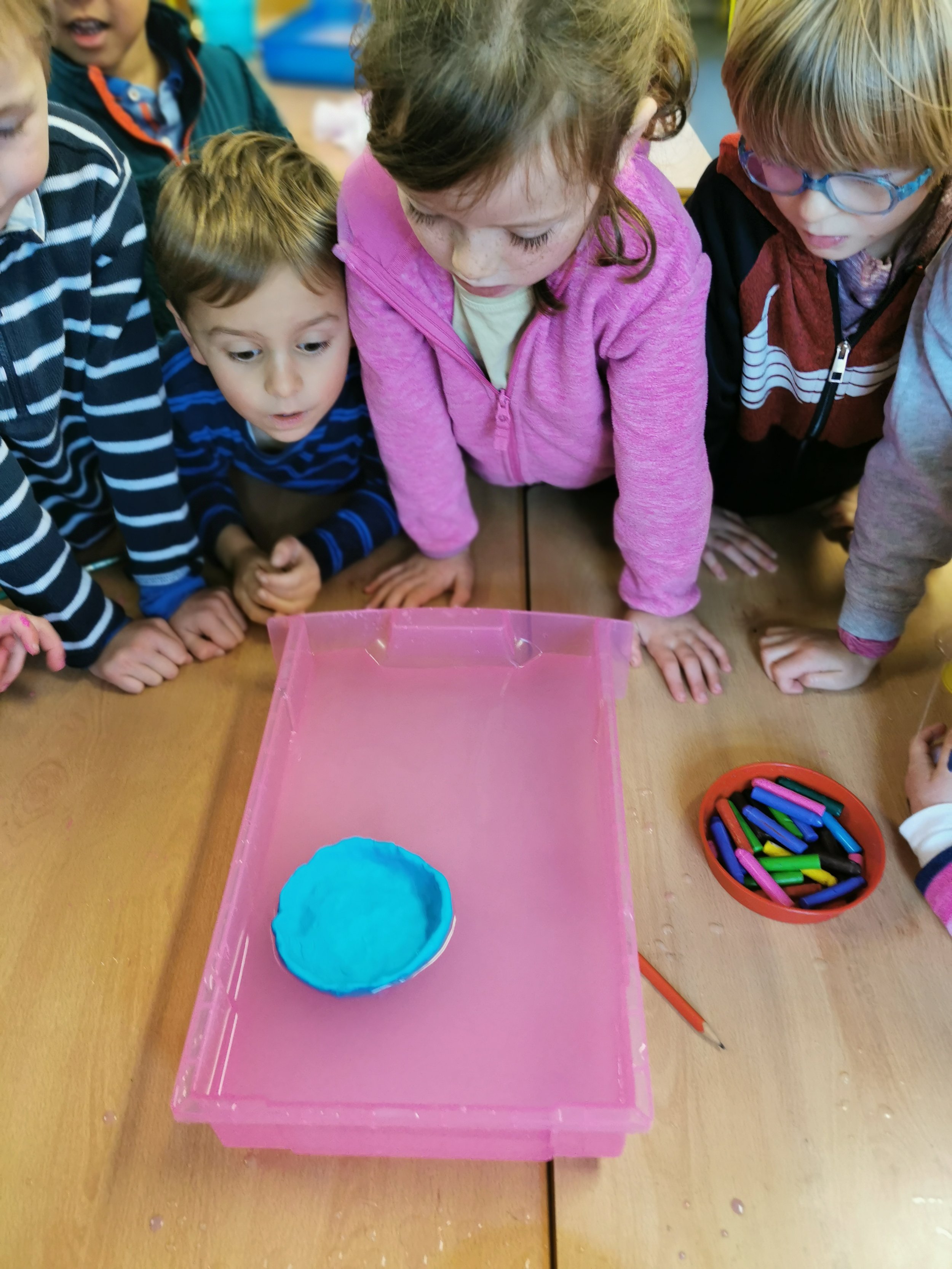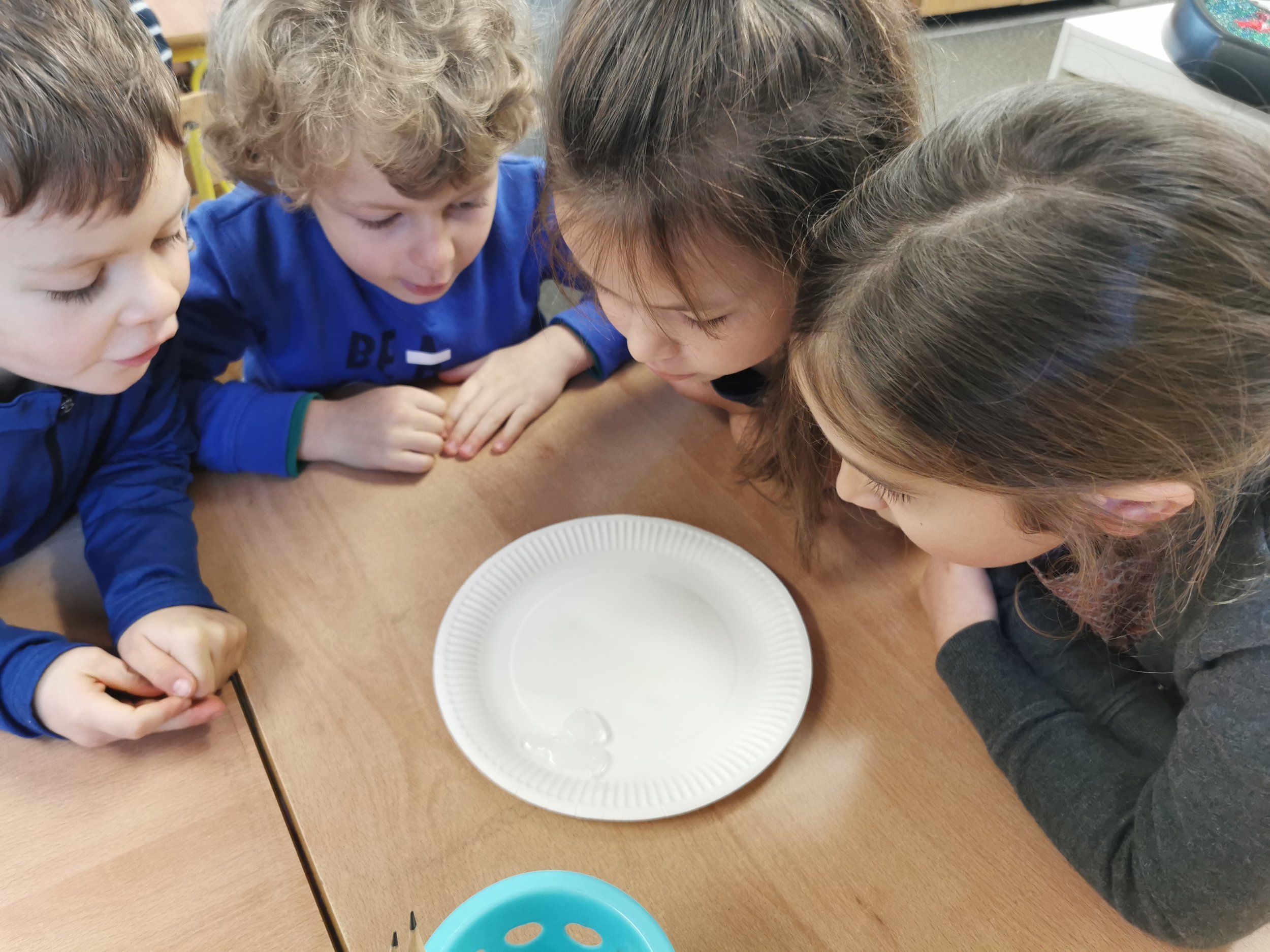Today 2nd and 3rd class were given the challenge to build a bridge that could not only support the weight of a toy car, but would also allow the car to pass over from one side of the bridge to the other. The children all received the same materials to build their bridges; mini marshmallows and uncooked spaghetti.
In their groups, they children formulated a plan of how they would build their bridge. Some groups drew out their plans while others discussed. The children then began the building process.
The building process incorporated lots of mathematical exploration. The spaghetti needed to be broken by some of the groups to specific lengths, while other groups used their knowledge of fractions to split their spaghetti into halves and quarters. Some groups focused on the importance of shape in their building. One group started with many triangles as well as pyramids as they felt that they would be the strongest shape, while others went with squares, cubes and cuboids.
As the process went on, the groups were able to compare the effectiveness of the shapes and ideas they used. Some groups felt the need to edit their plan as the initial plan did not work in practice.
Once they had finished building the bridges, the groups tested the car’s ability to drive over the bridge. The car fit on the bridges as the groups had measured this carefully, but the movement of the car did cause additional challenges, but the groups found ways around these. One group had run out of time to finish the top of their bridge, so they built a tightrope walker that could move across the tightrope bridge they had built in the time.
The children were delighted to have the opportunity to show and explain their creations to the junior infants as part of our STEM showcase.














































































































